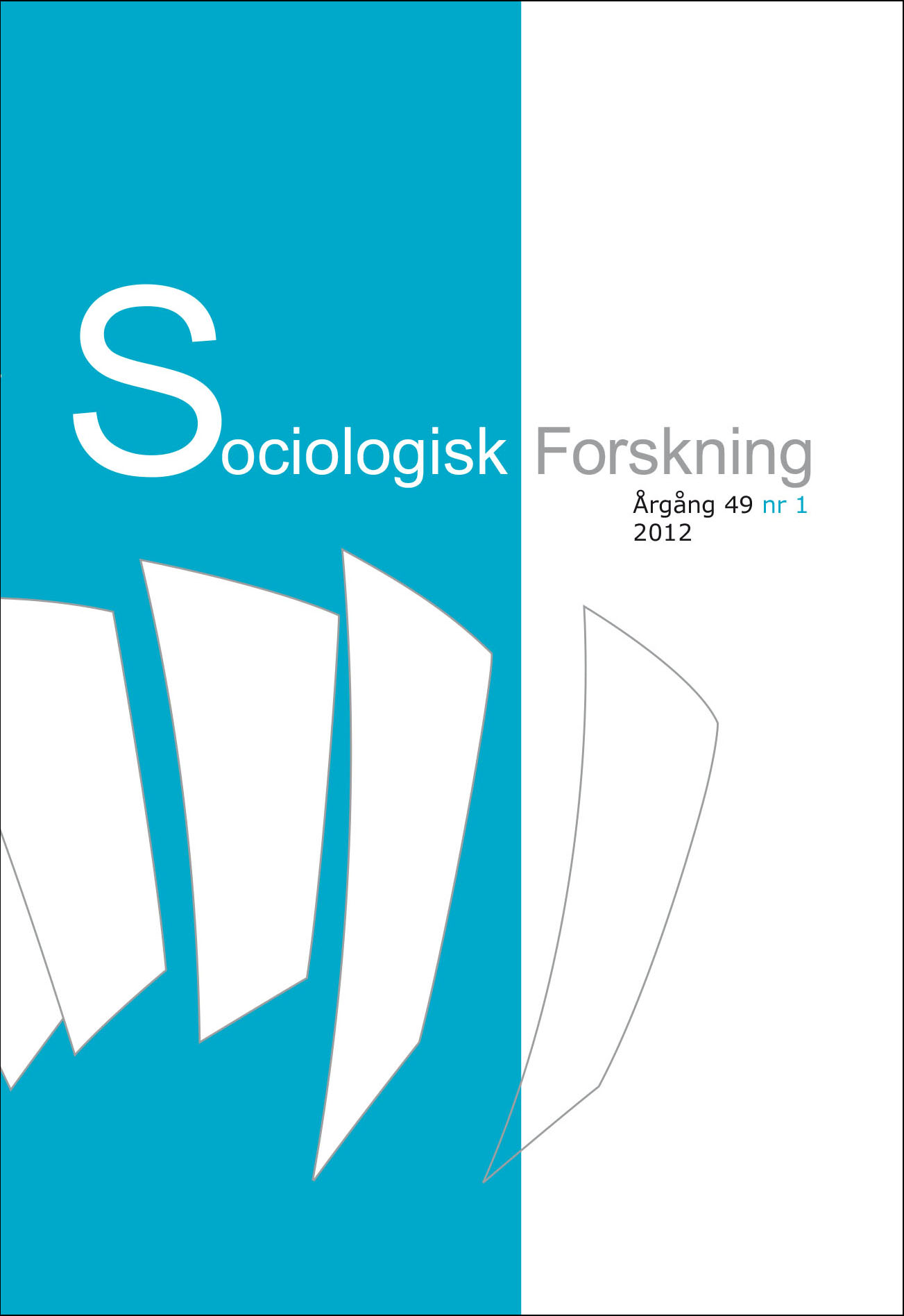Vem är den ekonomiske brottslingen?
En jämförelse mellan länder och brottstyper
DOI:
https://doi.org/10.37062/sf.49.18390Abstract
Who is the economic criminal? A comparison between countries and types of crime
In white collar crime research two particularly competing definitions (Sutherland versus the Revisionists) have dominated the field during the last two decades. Sutherland’s definition states that the sociodemographic profile is homogeneous (entrepreneur with high education and high or regular income), despite type of white collar crime or context. The definition given by the Revisionists states that white collar criminals’ demographic profile is heterogeneous (everyone can be convicted for white collar crime). As a consequence of this divided definitional approach we have a contradictive outcome of who the white collar criminal is. Our purpose is to investigate the qualification of the two definitions by analyzing heterogeneity/ homogeneity based on crime type and national context. The investigation is based on seven countries from the EES 2004 (European Social Survey). We use four types of crime. The results show a rather homogeneous demographic profile but there is also a certain substantial heterogeneity depending on kinds of crime and context. The results altogether indicate that the Revisionists’ definition is more correct in its description of the white collar criminal than Sutherland’s definition. The demographic profile of the white collar criminal seems to be more complex than a profile confined to just one social category would be and the contextual factor has an impact on the variety of the demographic profile. An important task for future research is to hold the door open for further demographic investigations depending on the type of crime and country that the study is based on.
Downloads
Published
How to Cite
Issue
Section
License
All content in Sociologisk Forskning is published with immediate open access, under the Creative Commons license CC BY-NC-ND 4.0.
All content may be read, downloaded, shared and printed for non-commercial purposes, free and without fees. Contents may not be altered. When content is reused, author, source and a link to the copyright licence must be provided. The author retains copyright to their content. No publication fees are charged.





